Have fun with this free trivia quiz about international cemeteries (outside of the U.S.)!
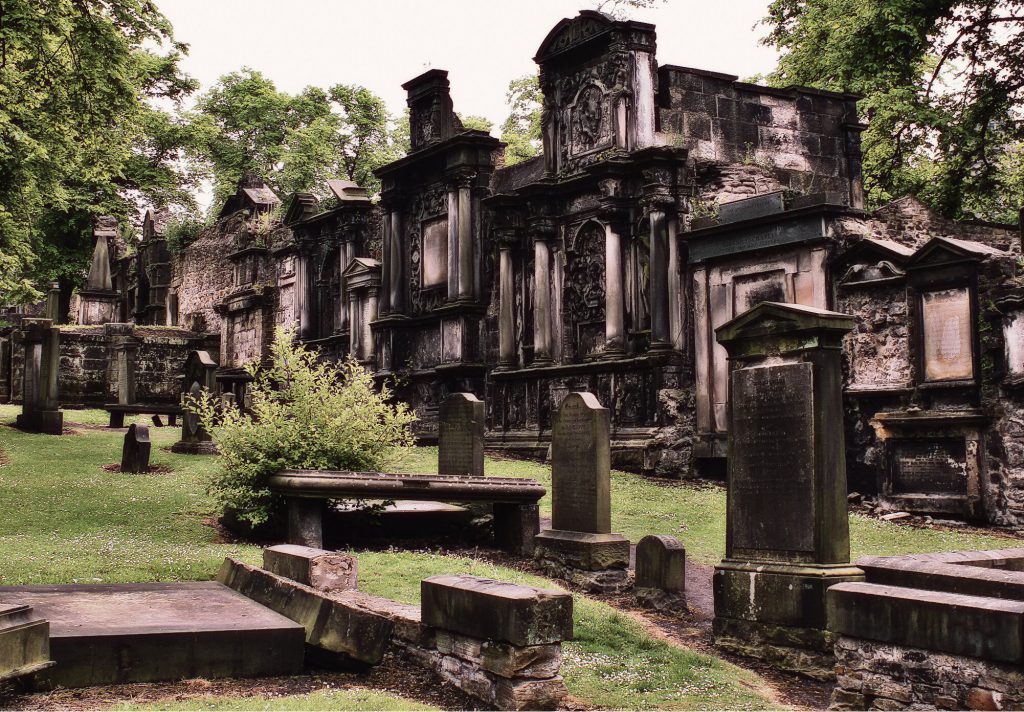
This international cemetery trivia quiz, created from the prespective of an American writer, means any fact about cemeteries or burial customs outside of the United States is fair game. U.S. immigrants, primarily from Europe, adapted customs related to handling the dead for use here in the U.S. One example is mort safes, used in the United Kingdom in the 1800s. There are a few mort safes here in the U.S., on the East coast (see question 8 below). As with the U.S. cemetery quiz, I enjoyed the research for facts that might not be as well known. I hope that fellow Taphophiles will enjoy learning too!
You do not need to score 100% on any of my trivia quizzes to get credit! Receive your choice of my custom bookmarkers by mail if you like just for completing a quiz! Just use the “Leave a Reply” box at the bottom of this page to send me your answers!
This international themed cemetery trivia quiz is along the same lines as: All Cemetery Trivia Quizzes and Games (sporcle.com)
A few helpful links for this trivia quiz:
Search ABMC Burials | American Battle Monuments Commission
Greyfriars Kirk | In The Heart of Edinburgh’s Old Town Since 1620
United Nations Cemetery info: 유엔기념공원 UNMCK
Quiz questions
Question 1: Jose Marti was a Cuban professor/journalist/poet. He advocated for independence from Spain. Marti is honored as a martyr. He died in battle fighting Spanish troops in Cuba. Fidel Castro’s tomb is next to his. Both tombs have a 24-hour ceremonial military guard.
Why is Marti’s tomb hexagonal?
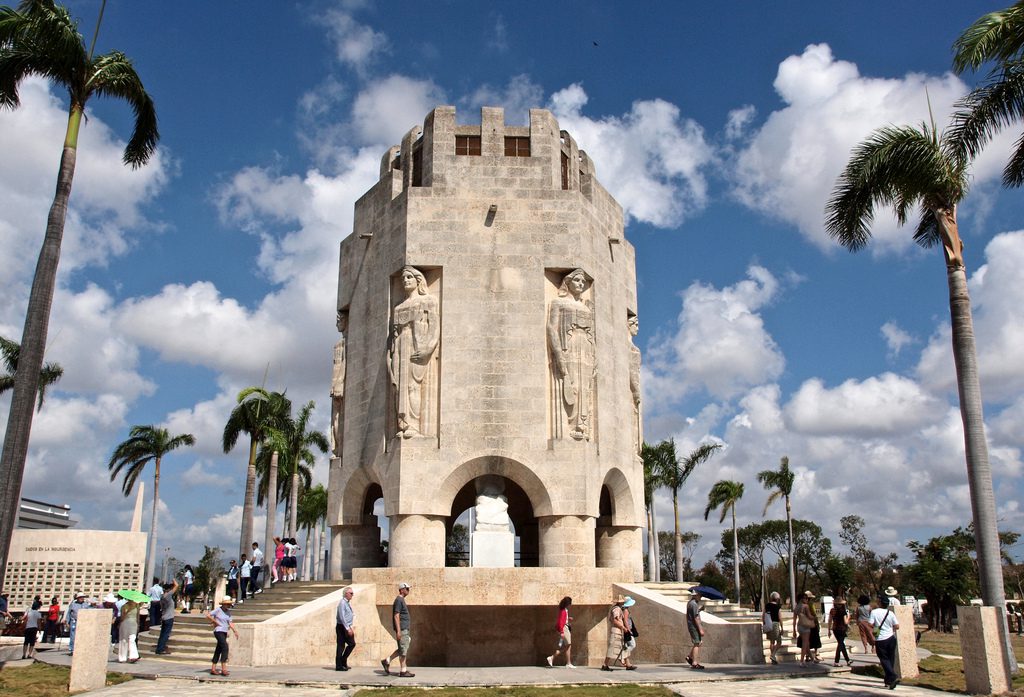
A. To fulfill a wish Marti wrote in one of his poems. The windows in the dome of the tomb allow sunlight to shine on his coffin throughout the day
B. Marti warned his troops to watch for the enemy. The design of the tomb allows you to see out in all directions from his coffin
C. Fidel Castro was afraid of the dark. Castro insisted on windows in Martis’ tomb to allow moonlight in at night.
D. Knowing that his tomb would have a 24 hour military guard, the military insisted on participating in the design of the tomb. The planners unsured that a nice breeze flows through the tomb to keep the guards from overheating in the tropical heat
Question 2: If you hear “raising the bones” in Portugal, it refers to?
A. The pallbearers lift the coffin above their shoulders at the grave. This symbolizes “pushing” the soul towards heaven
B. On their 5th birthday, children are lifted above the heads of their parents. This custom ensures gravity will help their bones grow strong
C. Cemetery space in most Portugues cities is not available. Water cremation is not widely available yet. Families keep a large water box to remove soft tissue from the bones. They hold a memorial ceremony as the bones come out of the box.
D. Cemeteries in most city areas in Portugal are full. After a death, the family grave is emptied of the “old” burial to make space for the new burial.
Question 3: In Russia, an iron fence surrounds many individual and family graves. Why?
A. Iron is thought to prevent the soul of the deceased from leaving the grave
B. Iron symbolizes the industrial might of Russia
C. In a nod to military tradition, the iron fence can be melted down to make bullets if needed to protect the homeland
D. Iron fences started in Siberia to ensure that the perimeter of the grave is visible in deep snow. That practice spread throughout Russia
Question 4: Where did the cultural practice of Dia de Los Muertos originate?
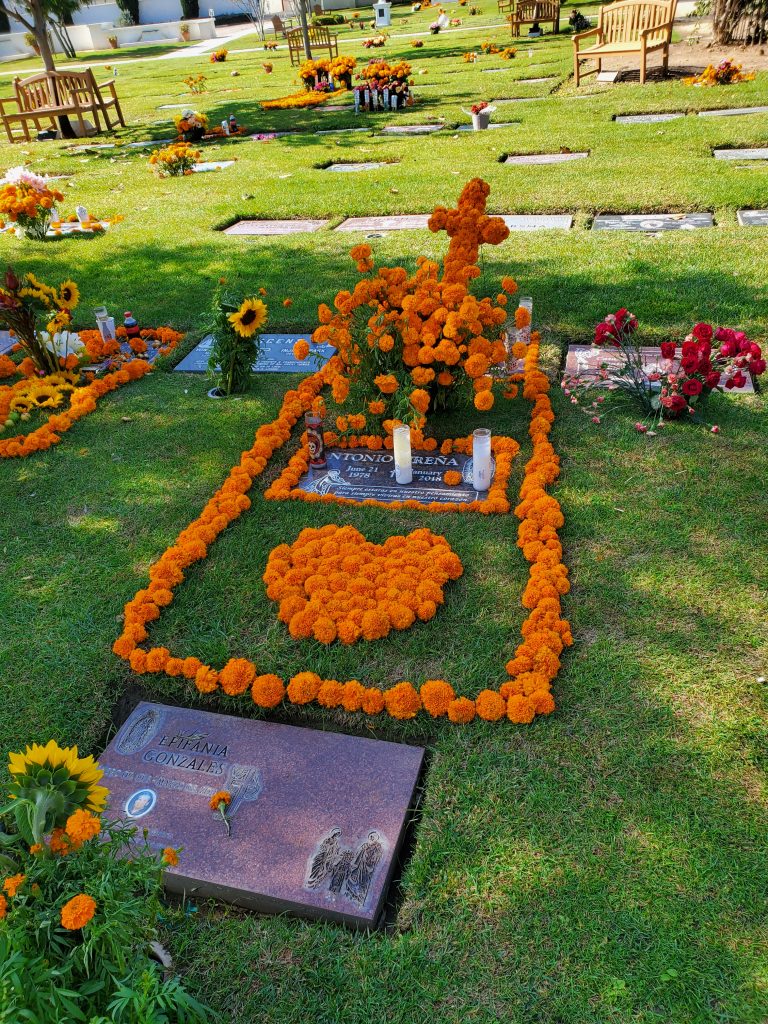
A. In Africa in the 1600s, as an alternative to All Hallows Eve
B. It is an Inuit practice to honor Ka, the keeper of the dead. Native groups continued the practice as they migrated South from what is now Alaska.
C. In the Hawaiian Islands, brought to Mexico by outrigger canoe to spread the influence of Aloha
D. It started with the Aztecs in what is now Mexico, originally to honor the Queen of the Underworld
Question 5: There is an underwater cemetery off the coast of Camiguin Island in the Philippines. Why is it underwater?
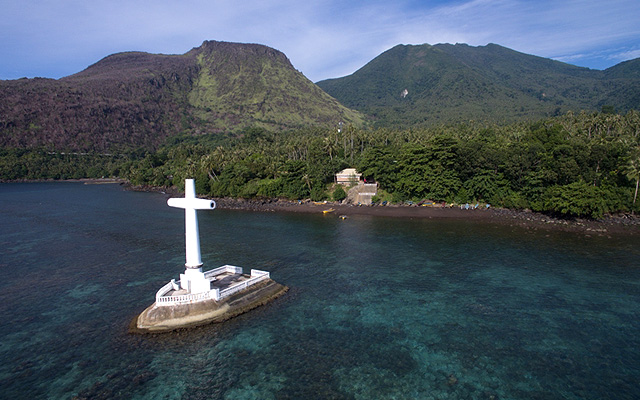
A. Diving for oysters is a significant part of the local economy. Many of the locals want an underwater grave to honor their lifestyle.
B. Spanish occupiers built the Catholic church and graveyard on Camiguin Island. Mount Volcan volcano erupted nearby in 1871, triggering an earthquake on Camiguin. The graveyard separated from the island and “dropped” below sea level by the force of the earthquake.
C. Starting with Spanish occupation in the late1860s. Local villagers wanted to continue their burial traditions, and had to keep the burials a secret from the Spaniards
D. It is a tourist attraction, built in the 1960s
Question 6: The Jardines del Humaya cemetery is near the city of Culiacan in the state of Sinaloa in Mexico. Many of the tombs in the cemetery are unique (don’t tell anyone I included this in my international trivia quiz!):
A. “Drug money” funded the construction of the elaborate tombs. Most of the tombs can hold a local home
B. They are painted bright colors every year by the decedent’s families for Dia de Los Muertos
C. Apartments for relatives are built next to many of the tombs. This way, they can keep a close eye on the tomb
D. The tombs are designed with an iron fence to keep the soul of the deceased from escaping the grave
Question 7: The United Nations has only one Memorial Cemetery worldwide:
A. Located near the United Nations buildings in New York City, to honor delegates from around the world that served in the United Nations
B. Near Sydney, Australia, selected in a competitive bid
C. It is located in Busan, Korea. The cemetery provides a place of honor for the graves of soldiers from United Nations affiliated countries that died in the Korean War
D. It is located In Pretoria, South Africa. It contains the graves of United Nations soldiers killed in the region
Question 8: The Grayfriars Kirkyard graveyard in Edinburgh, Scotland has some graves with “mortsafes” covering them. What was the purpose of the mortsafes?
A. Mortsafes date to the 1800s. Newly buried bodies were frequently dug up by “grave robbers” to sell to local medical schools as teaching cadavers. The mortsafe was designed to make it harder to remove the body from the grave
B. Mortsafes are a hallmark of the Victorian era. Decorative iron fences and artwork were allowed at new gravesites for the first time
C. The “mortsafe” term originated after the plague spread to Scotland. Extra concrete is poured over the entire grave to “seal” it to keep disease from affecting the living.
D. The term was created by Scottish morticians in the early 1900s. They used iron from surplus weapons to add metal decoration to gravesites
Question 9: The “new” Lucky restaurant is in Ahmedabad, India. It is known as the place where you can “dine with the dead”:
A. Mummies removed from a local cave are now on display in glass cases in the restaurant as a tourist attraction
B. The restaurant is in a building that used to be a funeral home. Some patrons claim that they feel the presence of souls from bodies embalmed in the funeral home
C. The restaurant sits on top of a cemetery. The dining tables are next to the fences protecting the graves.
D. The restaurant is next to an old cemetery
Question 10: The American Battle Monuments Commission (ABMC) is a U.S. government agency. The agency maintains monuments and cemeteries honoring U.S. servicemembers that died in conflicts around the world. Most of their cemeteries are overseas, including many in Europe/United Kingdom. What countries outside of Europe are they located in?
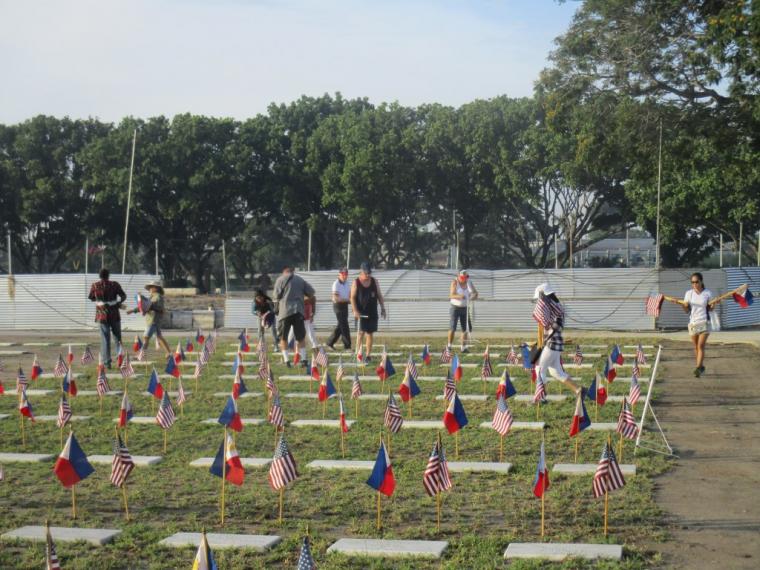
A. Philippines
B. Mexico
C. Panama
D. North Africa
E. A, C, and D
F. A, B, C, and D
About the author – Cultures and Graves
Leave a Reply